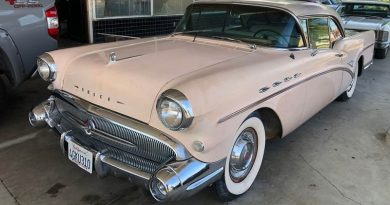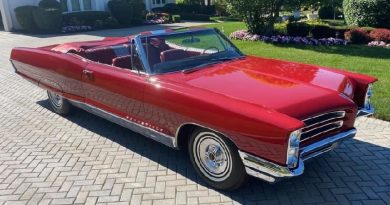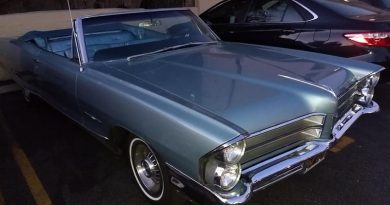1954 Chevrolet Corvette ‘Bubbletop’ Roadster
The Chevrolet Corvette was officially born on June 30, 1953 when the first production model rolled off a special Flint, Michigan assembly line. The car owed its humble beginnings to the popularity of English sports cars (such as the MG and Jaguar) with American servicemen who became enamored with them during their service in Europe during World War II. Even though the market for such cars was small (just about 11,000 in 1952), General Motors styling genius Harley Earl had a vision for an American-made version of what was being built in Europe. In conjunction with a brilliant young engineer named Ed Cole, the two set about designing “project Opel,” as the car was known.

From the pictures you can see how big the top was when mounted to the car. The top increases the interior cockpit size while giving larger drivers a bit more headroom as well. Many of the comments from people checking out the car said it reminded them of the flying cars on the Jetson’s!
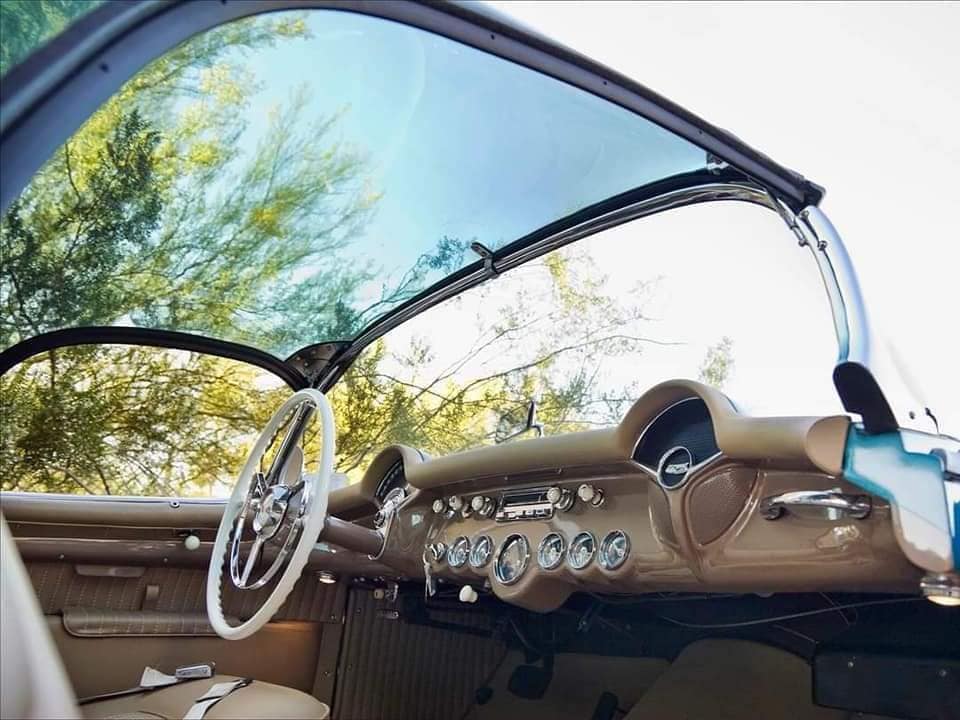
1954 saw Corvette production move to a St. Louis plant for an assembly run of 3,640 cars. The automotive industry’s postwar fascination with modern aeronautics stylings, evident in the front grill work and tail fins on automobiles since the late 1940s, would make an impact on the 1954 Corvette in a curious way. The Corvette design team, after a visit to an Air Force Base, would order approximately 20 aeronautic styled canopy tops to be fitted on 1954 Corvettes. Designed to mimic the domed pilot’s canopy on a fighter jet, these bubbletops were crafted from the relatively new acrylic plastic material now known as Plexiglas.
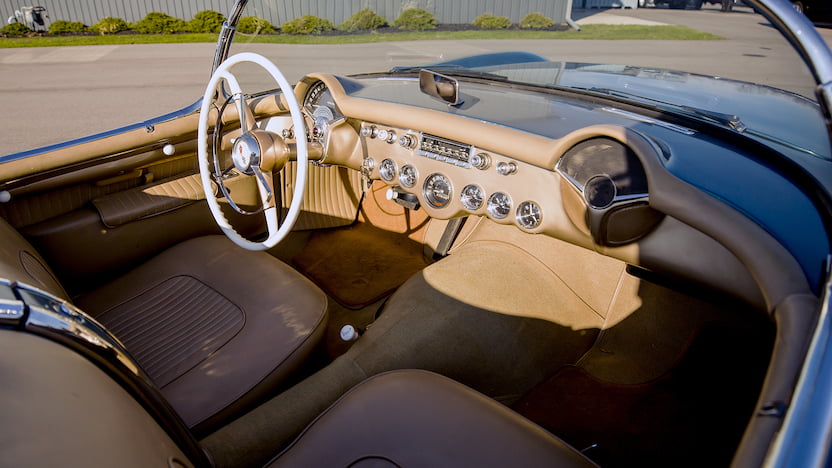
Under the hood, an upgraded cam gave the ‘Blue Flame’ inline-6 an extra five horsepower up to 155 bhp. Furthermore a new rocker arm cover was fitted which on later cars was chromed.
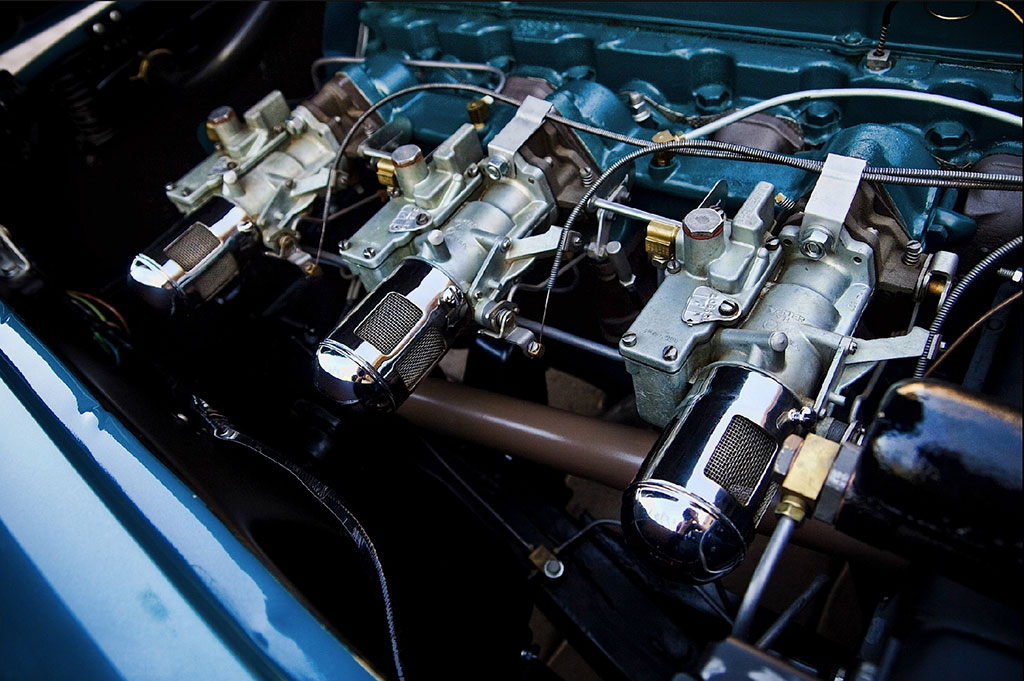
None of those canopy tops made it into production. But, for the 1954 model year, GM commissioned Model Build-ers of Chicago to create as many as 20 clear-plastic bubble tops for the Chevrolet Corvette. One of those tops was destined for the Corvette owned by Eugene Kettering, chief engineer of GM’s Electro-Motive Division and son of GM engineering guru Charles “Boss” Kettering.


